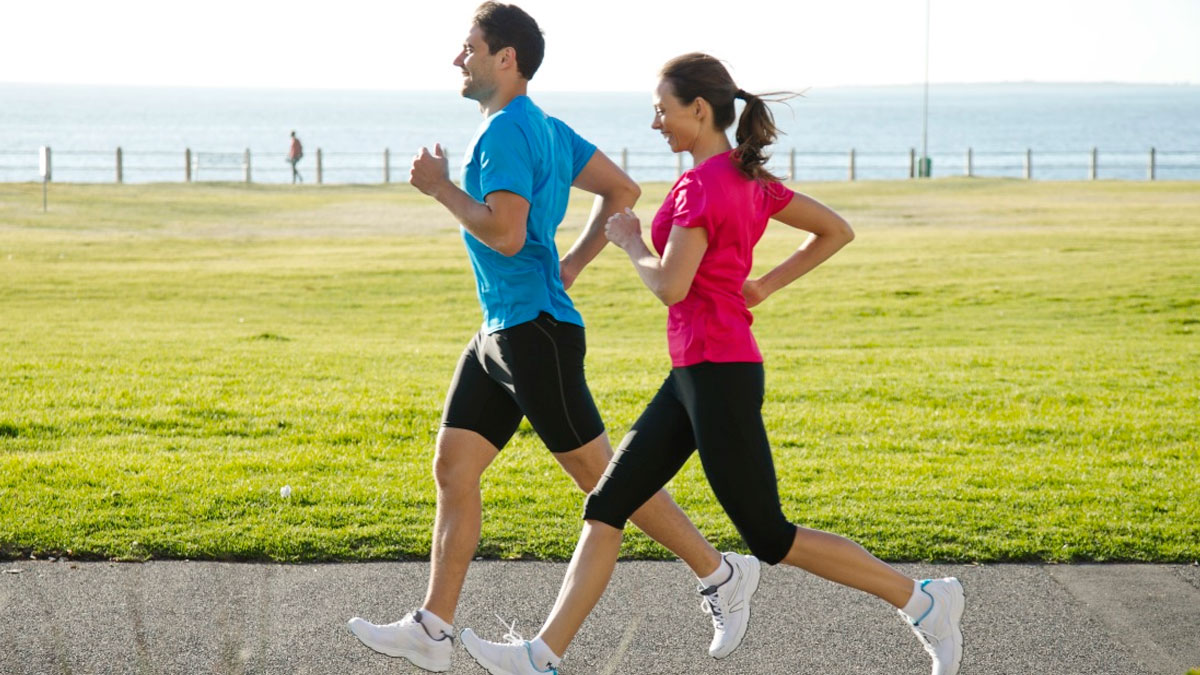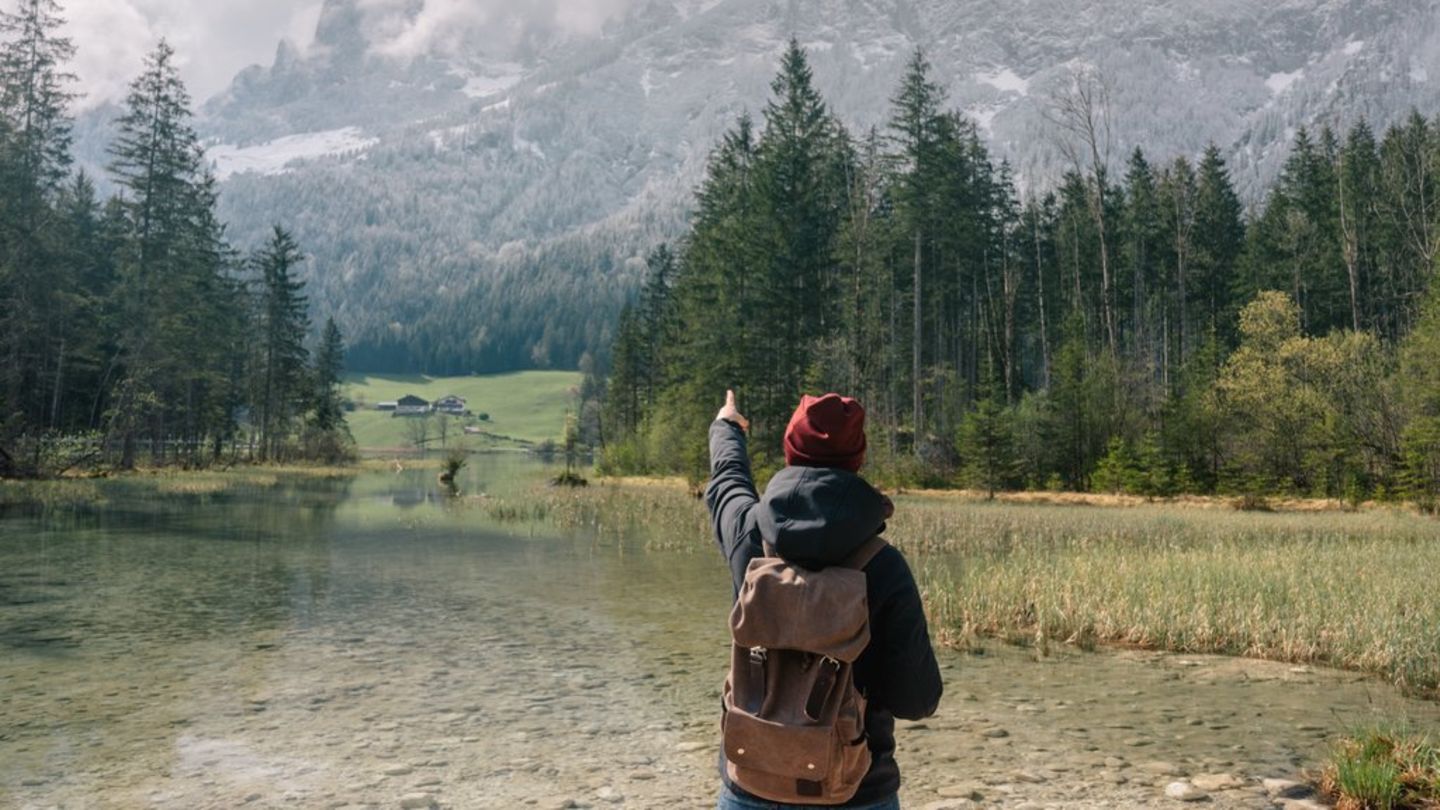I am an author and journalist who has worked in the entertainment industry for over a decade. I currently work as a news editor at a major news website, and my focus is on covering the latest trends in entertainment. I also write occasional pieces for other outlets, and have authored two books about the entertainment industry.
Menu
Mountain rescuers give tips for hiking tours: beginners and families should pay attention to this
Categories
Most Read
Beatrice Borromeo and Pierre Casiraghi: Monaco couple become parents for the third time
October 14, 2025
No Comments
Boris Becker enjoys a romantic break in Portofino
October 14, 2025
No Comments
People: “Thor” star: Hemsworth is “a baby with muscles”
October 14, 2025
No Comments
Duchess Meghan: She invited herself to the fashion show
October 14, 2025
No Comments
Literature: Ozzy, Death and the Devil – Osbourne’s last book
October 14, 2025
No Comments
Latest Posts

Before the Nations League: Berger is missing from the DFB squad for France games
October 14, 2025
No Comments
PierceI am Pierce Boyd, a driven and ambitious professional working in the news industry. I have been writing for 24 Hours Worlds for over five

Gianni Infantino: What is the FIFA boss doing at the Gaza summit?
October 14, 2025
No Comments
FIFA President The strange guest – what was Infantino doing at the Gaza summit? It seemed very strange: Fifa boss Gianni Infantino was a guest

A rule governs that promotes the healthy and safe practice of sport in public spaces
October 14, 2025
No Comments
October 14, 2025 – 07:24 Law 15,541 aims to promote urban sports and promote awareness campaigns about good sports practices. The rule was approved by
24 Hours Worlds is a comprehensive source of instant world current affairs, offering up-to-the-minute coverage of breaking news and events from around the globe. With a team of experienced journalists and experts on hand 24/7.

